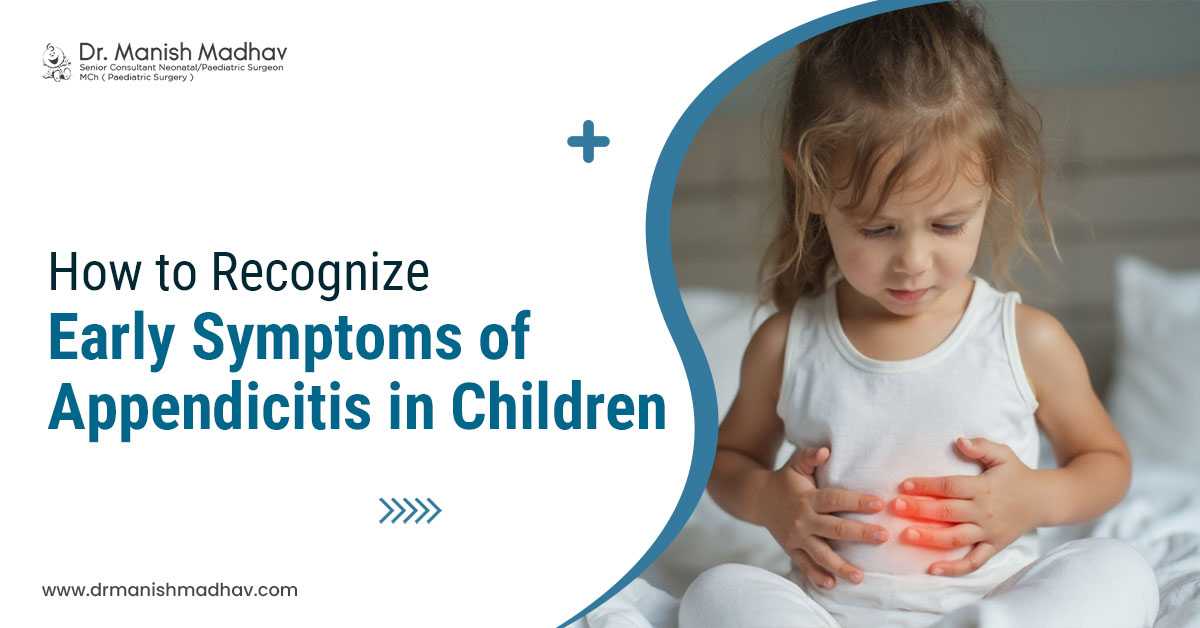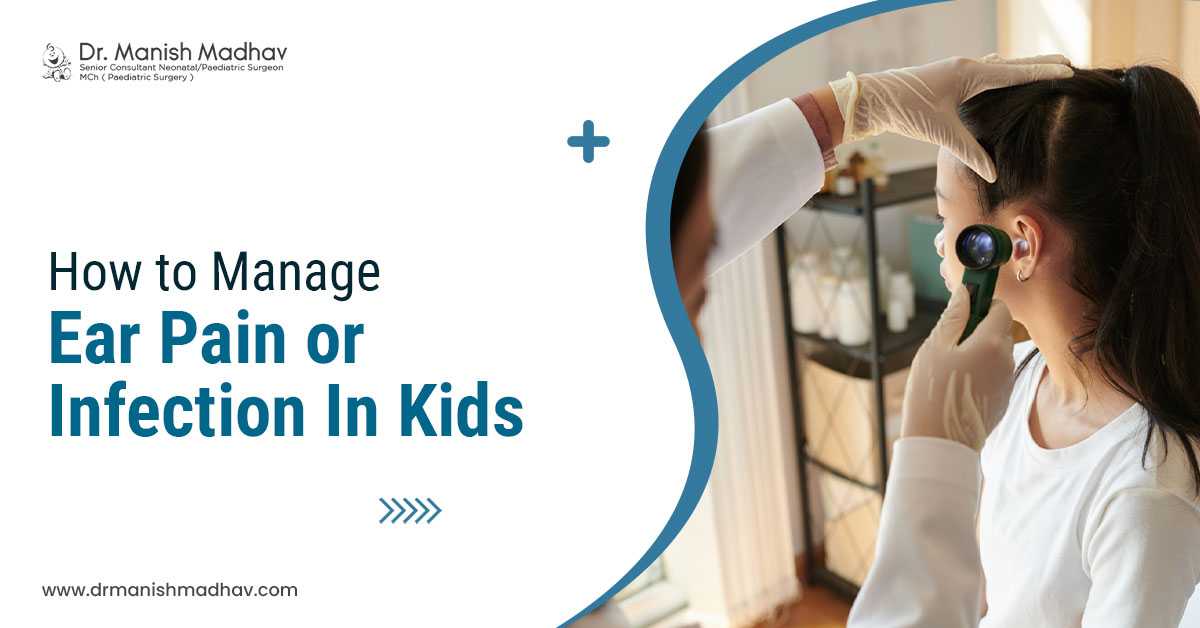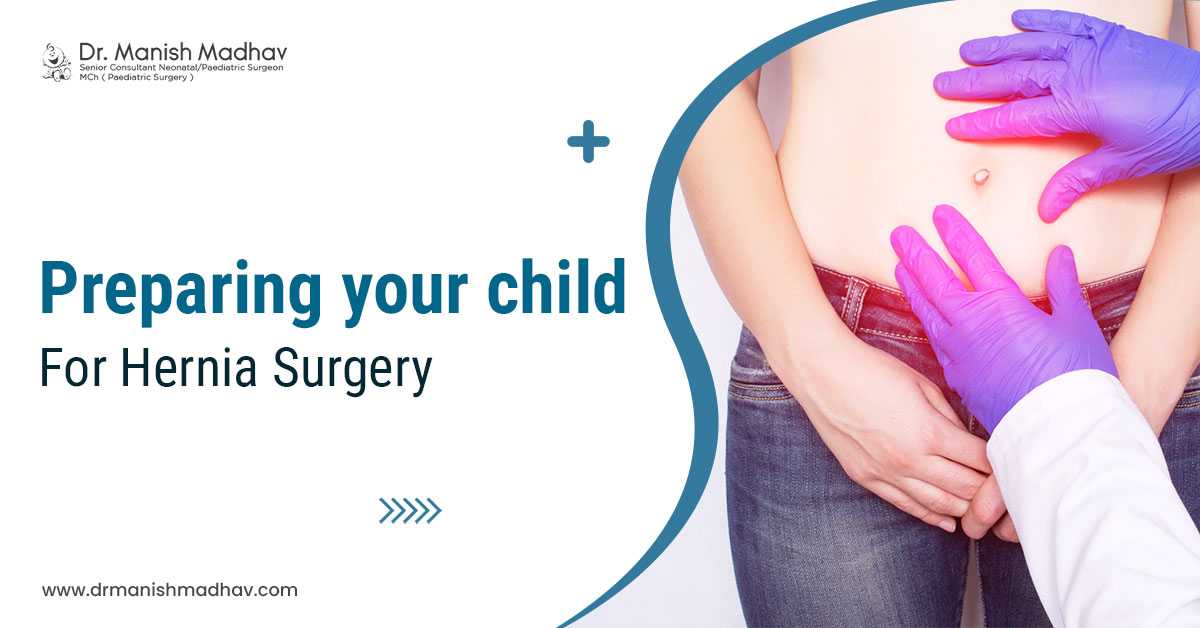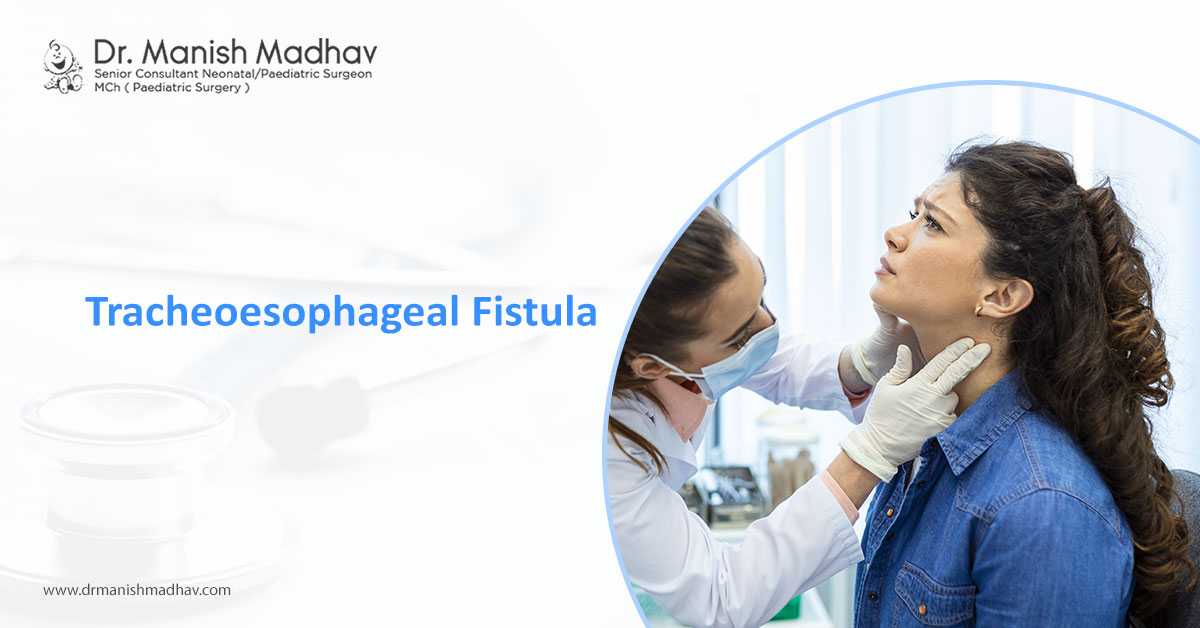Tracheoesophageal fistula is a birth defect that is said to occur in about 1 in 5,000 births. It occurs when a fetus is forming inside the mother's womb.
Table of content:
1. What is a tracheoesophageal fistula?
2. What causes a tracheoesophageal fistula?
3. Symptoms of TE fistula
4. Diagnosing TE fistula
5. Consulting a doctor
What is a tracheoesophageal fistula?
Tracheoesophageal fistula is an abnormal connection between the esophagus (the tube that continues from the throat to the stomach) and the trachea (tube leading to the lungs and windpipe from the throat). In general, both the esophagus and trachea are two separate tubes but in this case, they can be connected in more than one place.
What causes a tracheoesophageal fistula?
When the fetus grows inside a mother's womb, different organ systems of the body develop and mature. The trachea and esophagus start forming as a single tube in the fetus. Around the fourth to eighth week of conception, a wall is formed in between the fetus' esophagus and trachea to separate the two separating them into separate tubes. If this wall fails to be formed or does not form properly, a TE fistula may occur.
Symptoms of TE fistula
The symptoms of TE fistula can be noted very early after birth. Some of the most common and noticeable symptoms may include:
- Formation of frothy white bubble in the mouth
- Coughing or choking while being fed
- Vomiting
- Difficulty in breathing
- The baby turning blue in color (cyanosis), especially when the baby is being fed
- Very round, full abdomen
Symptoms of TE fistula can often resemble other medical problems and it is important to consult your doctor about the same. Child surgeon in Siliguri, Dr. Manish Madhav, considers it important to seek a doctor's help in the early stages to make sure the child receives treatment properly.
Diagnosing TE fistula
TE fistula is often tested by physical examination and medical history. X-rays are done to check if the baby has TE fistula or not.
If the baby has TE fistula, they need surgery to fix the problem. The type of surgery required depends on a few factors including:
- Type of abnormality
- The overall health of the baby
- Medical history of the baby
- Alternative options for the child surgeon involved in the case
- Parents’ opinion and preference
During the surgery, a small tube is placed into the mouth or nose that leads to the esophagus. The position of the tube is seen through X-rays. When TE fistula is repaired, the connection between the two pipes is closed by surgery.
Consulting a doctor
It is necessary to see a doctor if the child is showing any symptoms mentioned above. Child surgeons in Siliguri provide good consultation and aid to the baby and the family. The initial tests and examinations should be done so that the doctor can give proper treatment to the baby.




